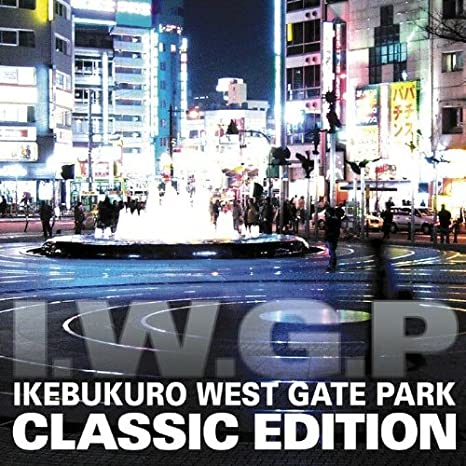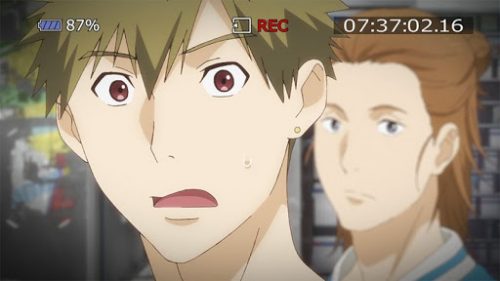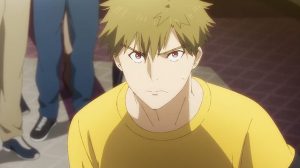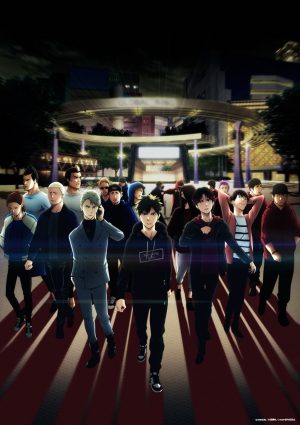
Ikebukuro West Gate Park, or IWGP for short, is the latest anime series to prominently feature the iconic district of Toshima, Tokyo known as Ikebukuro. But what makes Ikebukuro so special when compared to other parts of Japan? Join us as we delve into a bit of the history of Ikebukuro and its place in contemporary Japanese culture as seen in anime series like IWGP and Durarara!! and beyond. Let’s get started!
What is Ikebukuro?
The name Ikebukuro literally means “pond bag” which gives a little insight into its origins as a small village surrounded by several ponds and lakes. Starting in the Taisho period and into Showa, the village grew to become more cosmopolitan largely thanks to an influx of foreign workers and artists attracted to the area because of relatively cheap land prices.
Since then, Ikebukuro has become one of the most built-up and trendy areas of Tokyo, largely thanks to its convenience as a transportation hub on the widely-used Yamanote Line that loops around Tokyo and connections to more suburban residential areas like Saitama. It is also a center of otaku culture rivaling Akihabara but with more of a focus on fujoshi interests with an “Otome Road”, butler cafes, and many shops selling anime goods and doujinshi, including the original Animate store.
Gangs & Crime in Ikebukuro
Despite what some media might have you believe, Ikebukuro is far from some crime den packed full of gangsters. That being said, by Japanese standards, these exaggerations aren’t coming out of nowhere as it does have one of the highest crime rates in Japan (a little over 1%) and is home to some organized groups, notably the Kyokuto-kai yakuza syndicate. In addition, Ikebukuro still has a relatively high number of foreign residents, mainly Chinese and Koreans, of which some are illegal immigrants and an even smaller number more serious criminals. There is also a small red-light district in west Ikebukuro somewhat comparable to Shinjuku’s Kabukicho but Ikebukuro as a whole is mostly known for things like the enormous Sunshine City mall, Seibu and Tobu department stores, and otaku culture hotspots.
Ikebukuro in Pop Culture and Anime
As the setting for both Durarara!! and Ikebukuro West Gate Park, many real-world locations in Ikebukuro have become enshrined in anime and manga series. There are many examples but Ikebukuro Station, the second-busiest subway station in the world, features prominently in the first episode of Durarara!! as the place where Mikado meets up with his childhood friend Masaomi and many other places like Tokyu Hands department store and Animate’s anime-themed Animate Cafe show up as well.
So far, in Ikebukuro West Gate Park, the most notable location has been the titular park which is outside of Ikebukuro Station and features the Global Ring Theatre which is where Kyoichi Ozaki made his dramatic dance introduction and a common meeting place throughout the series. Outside of these crime-focused anime, Ikebukuro’s most famous otaku connection is likely in Lucky☆Star where Konata is the best customer of Animate Ikebukuro which is run by the Domon-like Anizawa Meito.
Final Thoughts

Altogether, Ikebukuro is an interesting place that’s quite trendy in modern Japan among the general public and otaku alike. While its crime-ridden reputation popularized by fictional series like Ikebukuro West Gate Park and Durarara!! is most definitely exaggerated, there is some truth to Ikebukuro’s underworld connections that only adds to its mystique.
As an up-and-coming part of Tokyo we wouldn’t be surprised to see Ikebukuro’s prominence in anime and pop culture continue to climb, particularly given its importance to otaku. In any case, we hope you enjoyed this window into Ikebukuro! Let us know what you think in the comments section below and be sure to stick around Honey’s Anime for more coverage of the latest series as they relate to Japanese culture! Until next time, see you in Ikebukuro?
Recommended Post
Fruits and Gangsters: Ikebukuro West Gate Park First Impressions
Recommended Post



